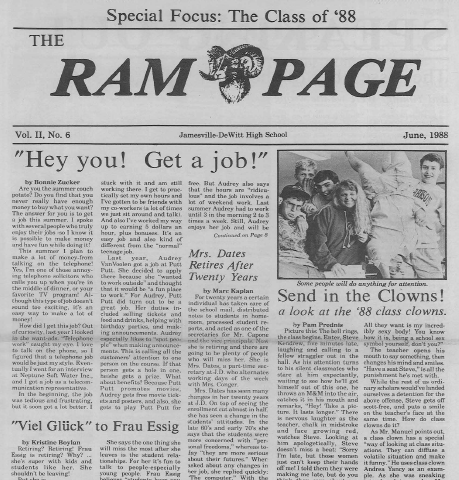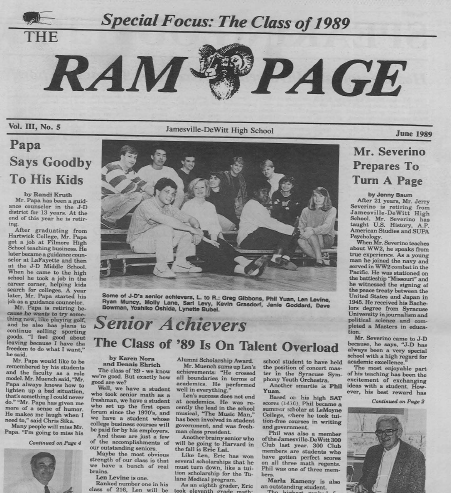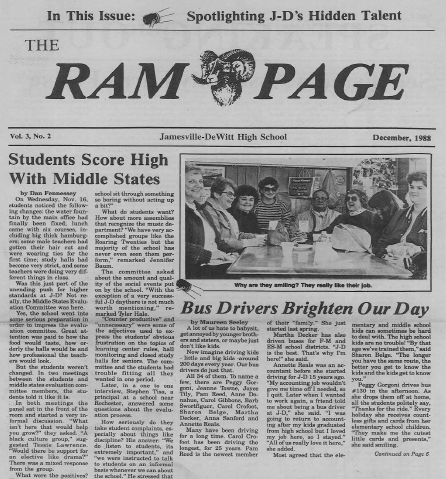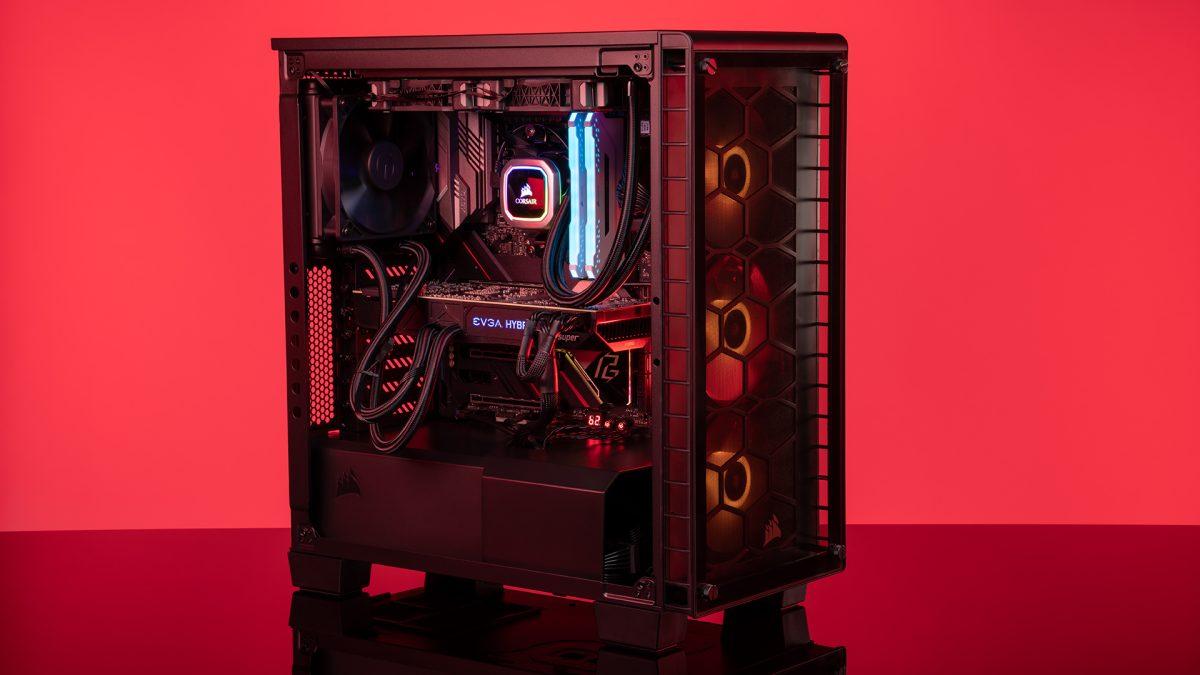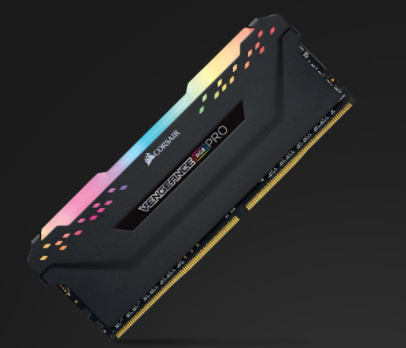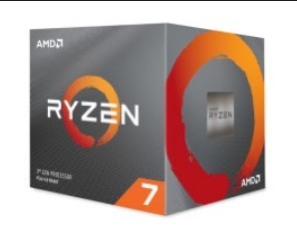The most important part of the majority of PC builds is the graphics card. A good graphics card will run you about $400. Graphics cards generally make up 30-50% of your whole PC budget. Graphics cards are rectangular, and are inserted into a slot on your motherboard. GPUs (the chip that is the heart of your graphics card, a.k.a. graphics processing unit) power the frames that are displayed to you on your monitor. A good graphics card will be able to run games at higher resolutions and frame rates, improving your experience greatly.
If gaming is of great importance to you, you should not skimp out at all here. When buying a graphics card, you should look for the amount of VRAM (video RAM, which you need lots of for tasks such as rendering 4K or 8K video), the clock speeds of the GPU, and of course, most importantly, the chip inside. Once you have your heart set on one chip, you should look at all the partner models, and see which ones have the lowest temperatures. If your graphics card stays cool, you can overclock it to squeeze out a little more performance for your dollar.
You can also overclock RAM and CPUs. You generally should get a partner model, rather than the reference model made by the chip maker, as they have better cooling most of the time. AMD and NVIDIA are the two companies competing for market share of the GPU chipset market. For my recommendations of graphics cards, I will be recommending base chipsets, rather than partner models, as I don’t want to make the process too confusing.
On a budget, the AMD Radeon RX 580 is a good choice, with models starting at just $180. A nice mid-range killer is the $500 base price NVIDIA GeForce RTX 3070. For extreme users who simply want the best there is, the NVIDIA GeForce RTX 3090, at a base of $1,500 is for you. The main trusted partner companies making partner models are MSI, Gigabyte/AORUS, ASUS, EVGA, and ASRock.





















